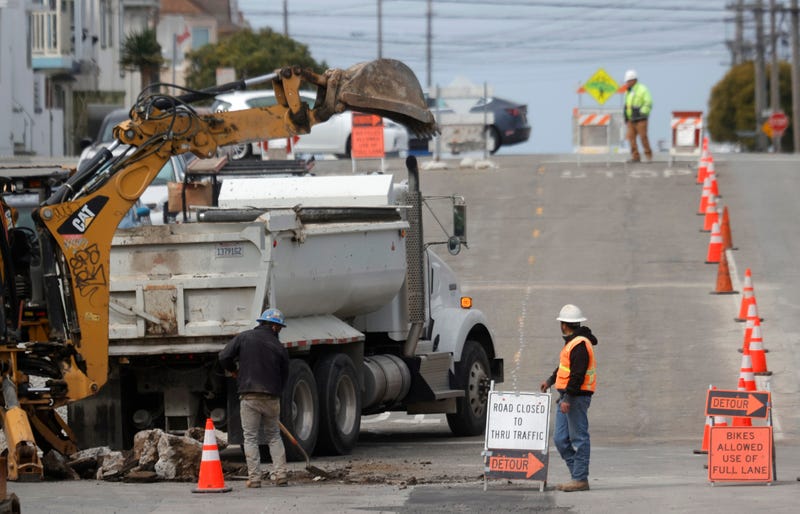
A record-breaking heat wave in the Pacific Northwest last month caused roads to buckle, power lines to melt and engineers to sound the alarm about climate change’s impact on existing infrastructure across the U.S.
Mikhail Chester, an Associate Professor in Arizona State University’s School of Sustainable Engineering and the Built Environment, told KCBS Radio’s NAME on Monday that climate concerns are "baked into infrastructure everywhere."
But many engineering decisions in the Bay Area and beyond have been made using a playbook that no longer applies, as weather becomes increasingly extreme around the country across all seasons.
"(When) we think about climate change going into the future, extreme events becoming more severe and the weather of the past no longer being a predictor of the future, there's profound implications for infrastructure," Chester said. "How reliable they're going to be, how well they're going to work and, most importantly, how we change how we're doing things so we're making sure infrastructure services ... keep functioning for future generations."
Take roads, for instance.
Chester explained that the asphalt mixtures for roadways in places like, say, Arizona are different than in the Bay Area or the Pacific Northwest. The ingredients might be the same, he said, but the additives are different in the former areas to withstand much hotter temperatures than the latter region.
But as the Bay Area shatters record-high temperatures and Arizona’s get even hotter, infrastructure will have to adapt. It will be a "massive" undertaking, Chester said, whether existing infrastructure is retrofitted or built anew.
"The exact cost estimates are quite large," he said. I don't know the precise numbers, but you could imagine all of infrastructure is potentially vulnerable. But that's not necessarily a helpful place to start."
Chester said decision-makers will need to prioritize vulnerable infrastructure, especially assets that could impact people or other infrastructure. He added the full gamut of extreme weather events will need to be considered, too, from seasonally warm and cold temperatures to abnormal droughts and storms.
The Bay Area will also have to contend with sea-level rise, and Chester said its abundance of microclimates meant extremes "could take hold in various ways across the region."
"It's important to recognize that the variety of climate-extreme events are potentially putting infrastructure at risk, and need to be protected against."

